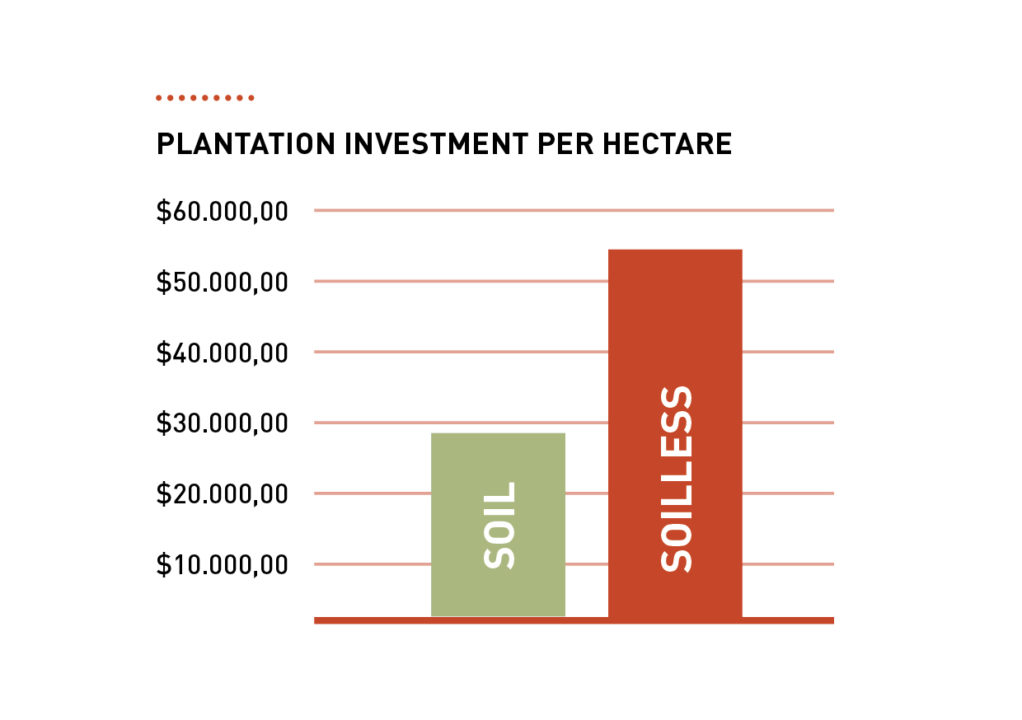Canadian Harvest Of Peat Moss Is Below Average For 2014
The Canadian Sphagnum Peat Moss Association (CSPMA) announced harvest volumes are below average for the 2014 season.
A survey of CSPMA members, who represent approximately 95 percent of all North American peat production, was conducted on August 31 regarding the status of the 2014 actual harvest (including an estimate of what can be expected to be harvested for the remainder of the season) as a percentage of the 2014 expected harvest.
In general, the harvest season has been challenging, according to CSPMA, with lower-than-expected harvests across most production regions, due primarily to adverse weather conditions across Canada. In Eastern Canada, the largest peat-producing region in Canada, the industry is considerably below average in its expected harvest volumes:
- New Brunswick North: 61 percent
- New Brunswick South: 67 percent
- Prince Edward Island: 65 percent
A delayed start to the harvest season, combined with a wet summer has significantly reduced production volumes.
In Québec’s North Shore, the results are more favorable, with the majority of members meeting their expectations (98 percent of expected harvest). The harvest on Québec’s South Shore is at or slightly above expectations for most producers (105 percent of expected harvest). This is primarily due to a mid-late summer occurrence of good harvest weather.
The Prairie Provinces have experienced a below average harvest, primarily due to adverse weather. These numbers are significantly below expectations:
- Manitoba: 73 percent
- Saskatchewan: 70 percent
- Alberta: 71 percent
The industry had lower-than-normal carryover inventory volumes, particularly in the west, from the 2013 harvest season. As such, many members are less able to absorb the harvest shortfall than has been the case in prior years.
The CSPMA members are committed to working cooperatively with their commercial business partners to minimize the disruptions from the adverse harvest season.
Source: CSPMA









